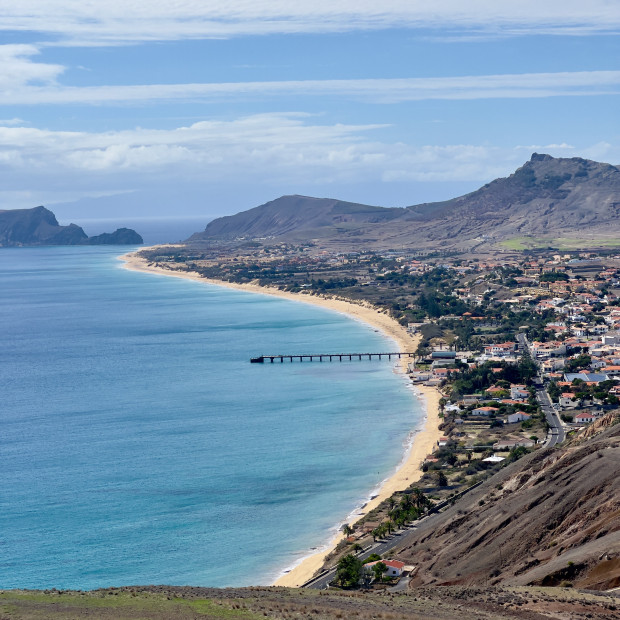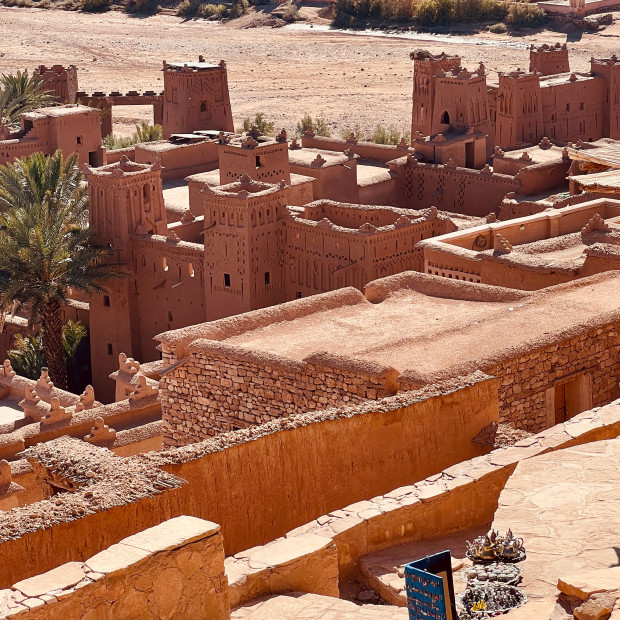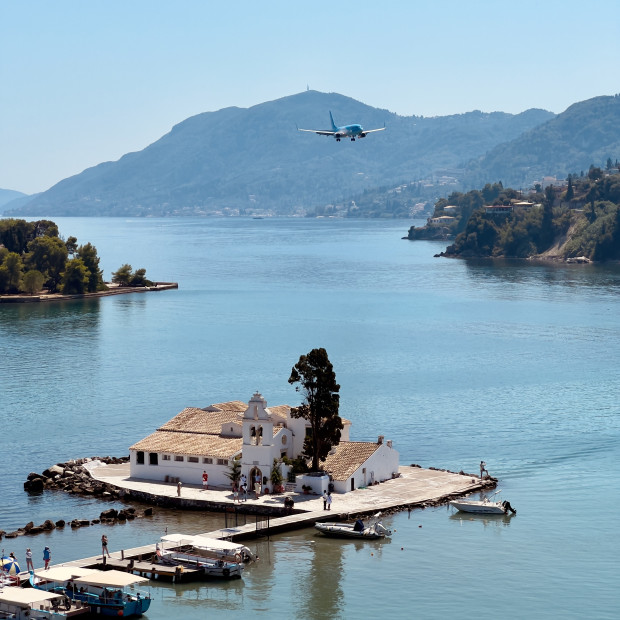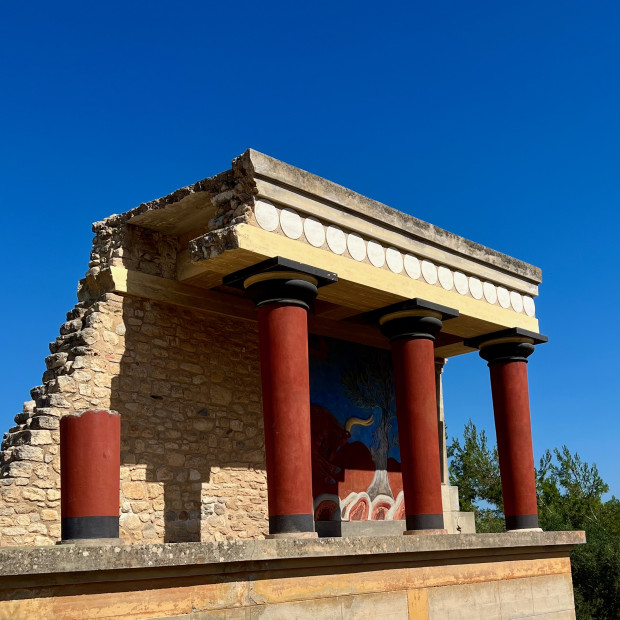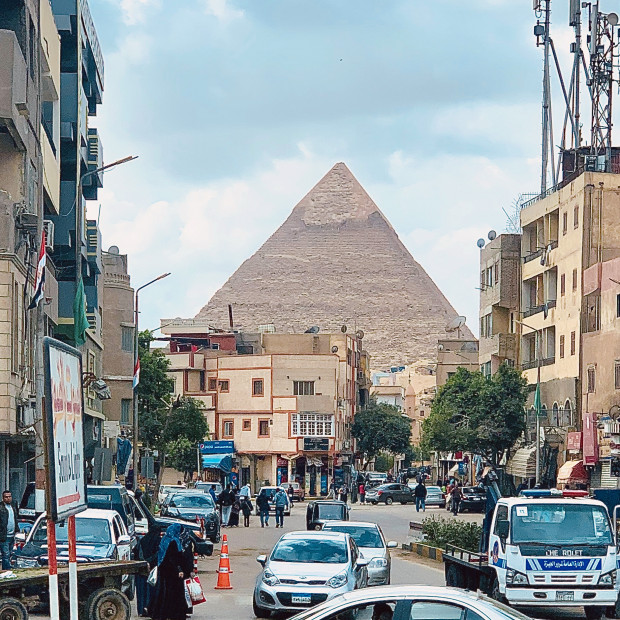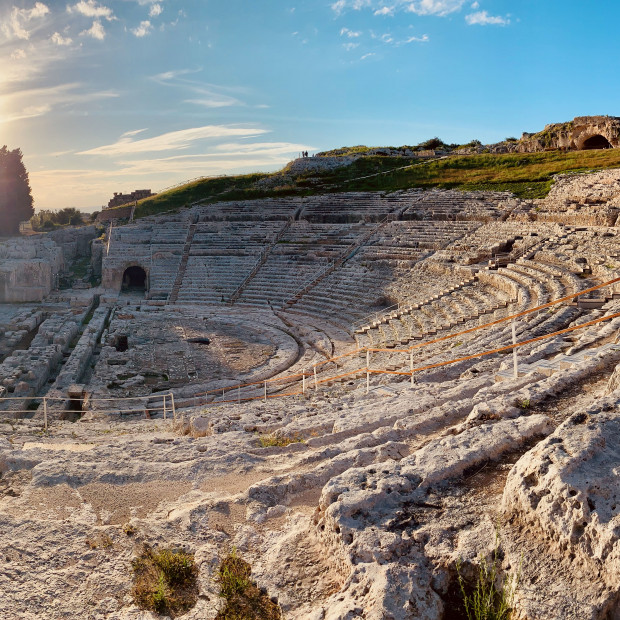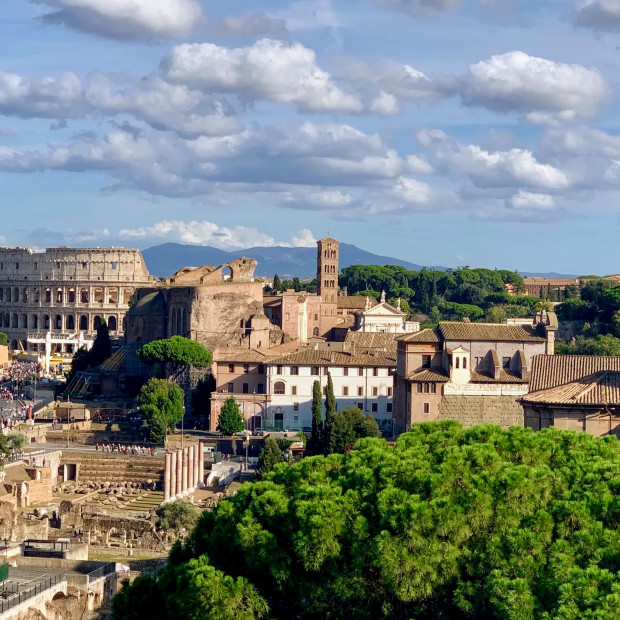About this place
Vardzia: Georgia's Ancient Cave City
Vardzia, an extraordinary cave monastery complex, stands as one of Georgia's most remarkable historical monuments. Carved into the steep face of the Erusheti Mountain in southern Georgia along the Kura River valley, this vertical city represents an exceptional example of medieval Georgian architecture and engineering.
Construction of Vardzia began in the second half of the 12th century during the reign of King Giorgi III and was expanded by his daughter, Queen Tamar the Great, in the late 12th and early 13th centuries. The complex was developed as both a monastery and a fortified refuge against Mongol invasions, illustrating the turbulent history of this strategically important region.
At its height, Vardzia extended over thirteen levels with over 6,000 apartments, wine cellars, refectories, and churches carved from the rock face. The site housed as many as 2,000 monks and contained a sophisticated irrigation system and terraced gardens. The complex functioned as a self-contained community, exemplifying medieval Georgian ingenuity in creating habitable spaces within seemingly inhospitable terrain.
The centerpiece of Vardzia is the Church of the Dormition, featuring remarkable 12th-century mural paintings that represent significant achievements of medieval Georgian art. The church's frescoes include a famous depiction of Queen Tamar, who was canonized by the Georgian Orthodox Church. These paintings survived centuries of exposure and remain among the finest examples of Georgian religious art from this period.
In 1283, a devastating earthquake destroyed approximately two-thirds of the city, exposing many of the cave structures that were originally built deep within the mountain. Despite this catastrophe, Vardzia continued to function as a monastery until 1551 when it was raided and abandoned during Persian attacks.
The site stretches approximately 500 meters along the cliff face and extends up to 19 levels in some sections. Narrow tunnels, steep staircases, and secret passages connect the various chambers and halls, creating a labyrinthine structure that served both defensive and monastic purposes. The remaining 242 rooms include churches, chapels, living quarters, wine cellars, pharmacies, and meeting halls.
Vardzia stands as a testament to medieval Georgian culture, religious devotion, and architectural achievement. In 2007, it was submitted for consideration as a UNESCO World Heritage Site, highlighting its cultural and historical significance. Today, a small contingent of monks has returned to live and worship at Vardzia, partially restoring its original function as a living monastery while the site simultaneously serves as one of Georgia's most important tourist attractions and cultural landmarks.






